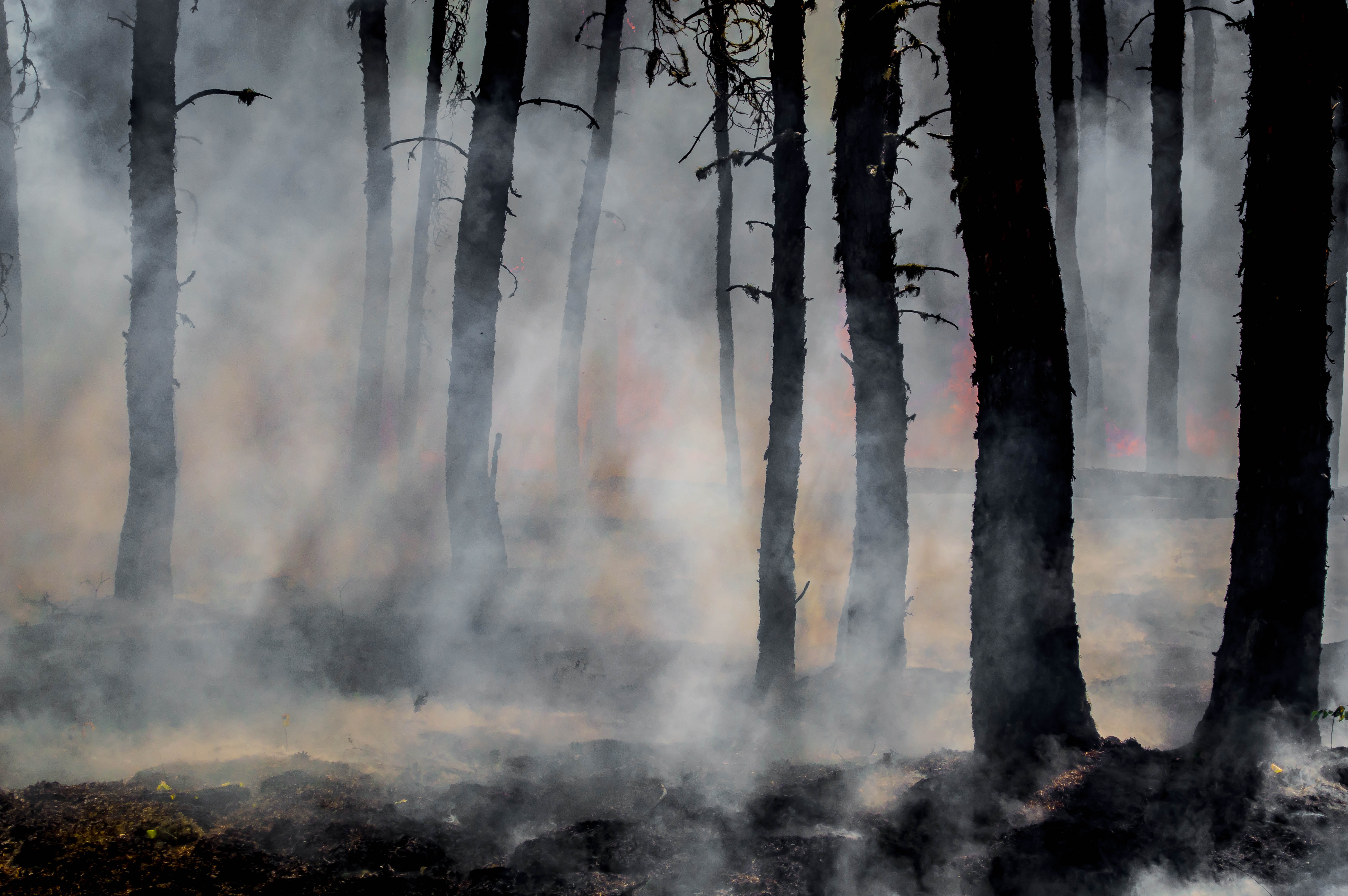Exploring the civil-military interaction: natural disasters
For over three months, Australia, and undoubtedly the world, has watched the unfolding bushfire crisis wreak havoc across New South Wales, Victoria and South Australia.
For over three months, Australia, and undoubtedly the world, has watched the unfolding bushfire crisis wreak havoc across New South Wales, Victoria and South Australia.

For over three months, Australia, and undoubtedly the world, has watched the unfolding bushfire crisis wreak havoc across New South Wales, Victoria and South Australia. Unlike any time in Australia’s short history has such a vast percentage of the local population been affected by a disaster. Stubborn smoke haze, access to critical fire fighting resources and the fire front itself have been providing unique challenges for residents and authorities alike, prompting the need to systematically approach the issue.
Disaster response and the manner in which it is conducted is vital to the preservation of life and follow-on activities, such as recovery and rehabilitation of people, land and economic interests.
UNSW Canberra student Emily Chapman has just submitted her PhD on civil-military interaction during natural disasters, drawing on first-hand experience from disaster response operations in the Philippines and Fiji as an Air Force Operations Officer. While there are differences in responses to overseas natural disasters, some lessons identified can be applied domestically.
Through her research into disaster response operations at UNSW Canberra, Emily has identified the significance of relationships and information sharing between not only agencies tasked with responses, but also with those communities who are at the forefront of the disaster zone.
What are some of the vital timelines that are involved in responding logistically to a natural disaster?
My research reflects that communities affected by natural disasters require rapid, flexible and tailored responses. This means that a response starts with engaging with communities, understanding their needs and providing assistance, such as logistics, based on these needs. It is important to understand community needs to provide a tailored response, which consists of personnel prepared and agile to adapt to the situation on the ground.
What’re some of the key pillars when responding to disasters (such as planning, resources, speed of movement, central command, timelines etc).
The key pillar when responding to disasters is relationships – engaging at all levels with affected communities and people to understand their needs. This information is then fed into other parts of a response, including planning, resources, and timelines for deployment.
Aside from directly responding on the ground to the affected area, what other roles are performed in responding to disaster?
One of the critical components of disaster response is information flow between agencies on the current situation on the ground to support planning, decision making and allocation of resources. One of the ways this is achieved is through the use of Liaison Officers, who open up communication channels, build relationships and support unified activity.

What are the biggest challenges in terms of providing aid to affected areas after a disaster?
One of the biggest challenges in providing aid to affected areas can be coordination of effort, at times the number of agencies and actors involved can be significant. Having oversight and managing these diverse range of actors can be difficult, which underlines the importance of relationships that are used to establish effective lines of information.
Given that all disasters are different, how do organisations go about best preparing themselves to respond to future events?
Preparation for disasters can take many forms, however relationships and knowledge sharing between agencies prior to a response was found to be instrumental. This preparation builds understanding of roles, responsibilities and operating procedures which are stood-up during a response.
Can you describe the interaction between different organisations and members of the public in disaster response, and how these relationships commonly operate?
Interaction often occurs in two ways – deliberate and systematically through mechanisms, such as placement of Liaison Officers at Coordination Centres, and more informally through engagement with affected people and communities.
My research reflects that relationships during natural disasters, particularly between the Australian Defence Force (ADF) and civilian actors, are founded on mutual understanding and respect, agile leadership and adaptable behaviours to deal with the uncertainty in response environments. In the three case studies examined, the ADF was respectful and engaged with local communities, demonstrating a strong humanitarian ethos stemming from measured and agile leadership.
Related stories: